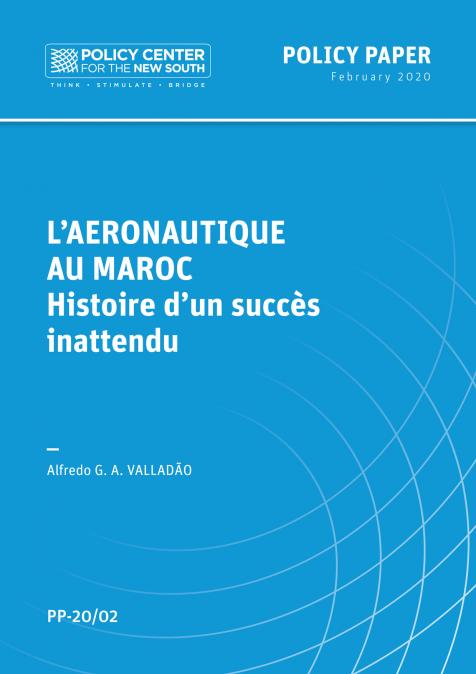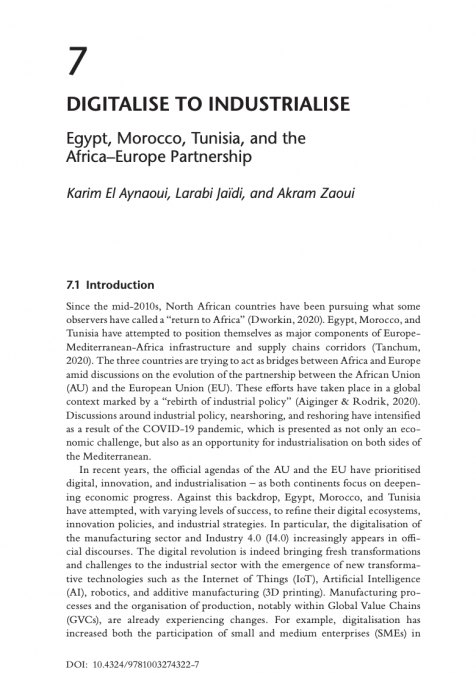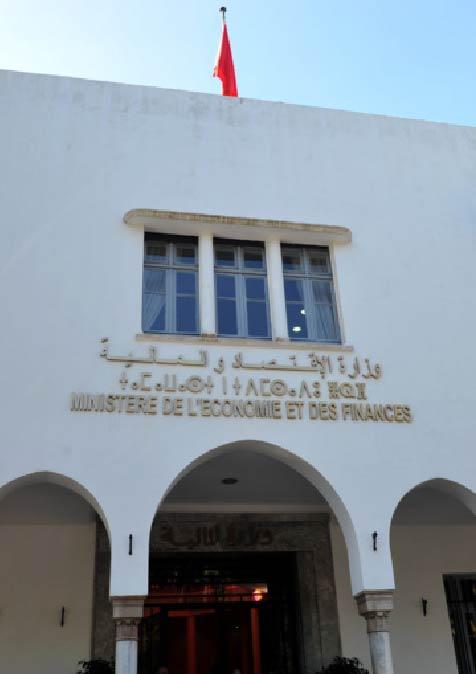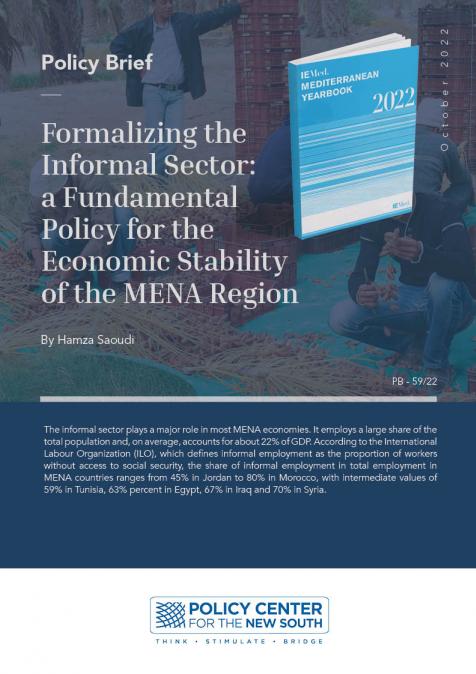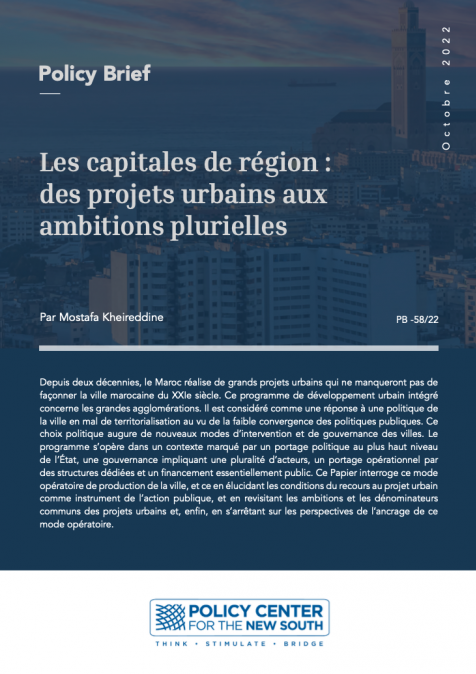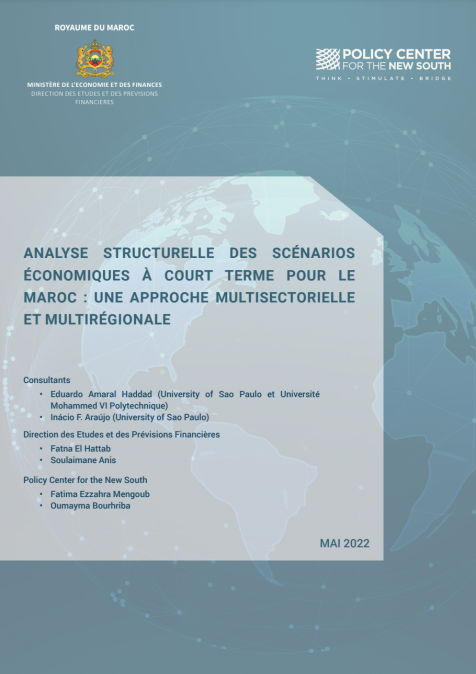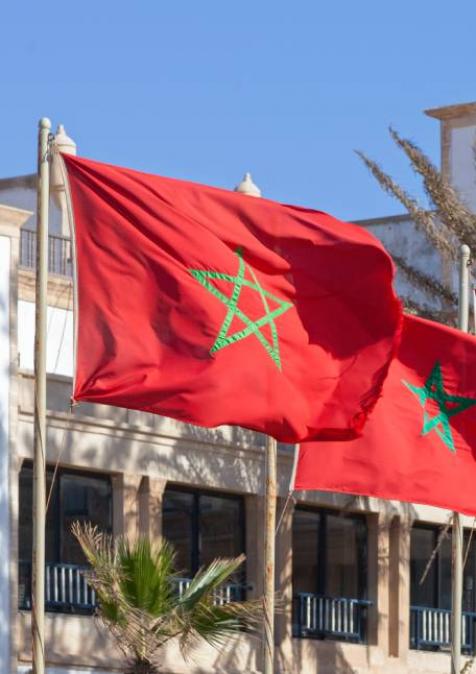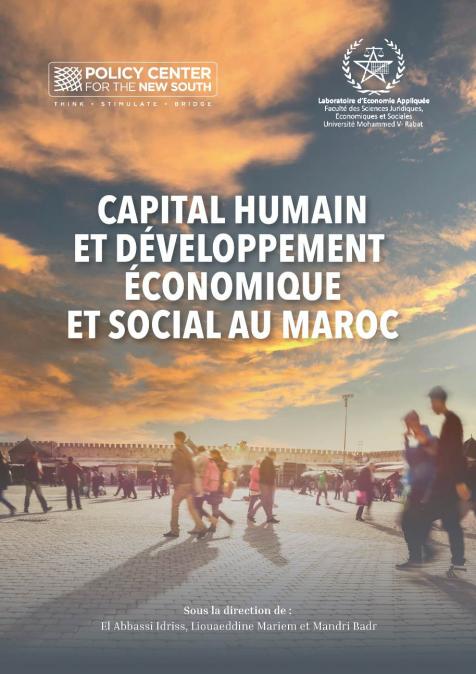Publications /
Policy Paper
L’écosystème aéronautique marocain représente l’un des plus beaux cas de réussite industrielle dans un pays en développement. Bien sûr, le Maroc ne produit pas d’avions. Le marché mondial de l’aviation est dominé par un duopole constitué de l’Américain Boeing et de l’Européen Airbus. Une suprématie écrasante, renforcée encore récemment par l’acquisition des divisions commerciales des deux derniers concurrents significatifs dans le domaine des monocouloirs courts courriers : le Canadien Bombardier (Airbus) et le Brésilien Embraer (Boeing). Les avionneurs chinois et russes ont bien l’ambition de percer, mais il leur reste encore beaucoup de chemin à faire. Une telle domination en matière d’appareils finis ne veut cependant pas dire qu’il n’y a pas de place pour d’autres acteurs industriels ou d’autres pays. Au contraire. Les chaînes de production des aéronefs modernes sont parmi les plus fragmentées de la planète, tant sur le plan de la myriade de sous-traitants de rangs 1, 2, 3 ou 4 que sur celui de leur distribution géographique.

